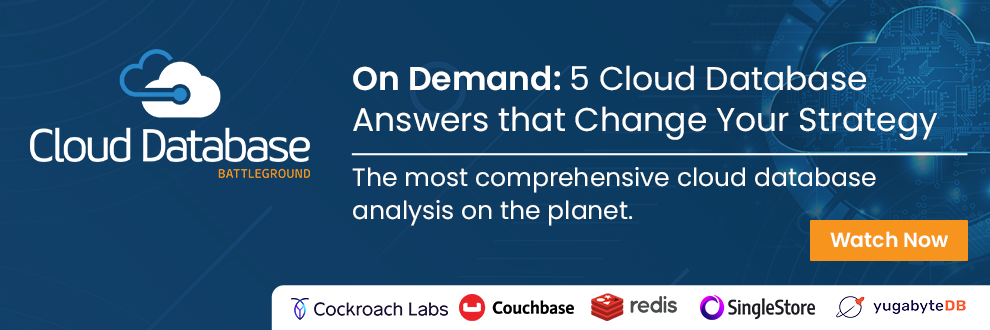
There is no denying the overall importance of data when it comes to understanding the ins and outs of running a business. However, I have seen far too many businesses undervalue their data and also ignore the potential that data can offer. In today’s world, no business can risk not incorporating data into their decision-making processes.
Driving the need to better understand the value of data comes from how organizations have adapted to new realities. Take for example rapid changes in markets, where currency or supply chain issues are magnified when decisions are not made in a timely fashion. Today’s organizations must be able to adapt in real-time to meet the demands of changing markets. What’s more, organizations are finding it necessary to incorporate external data and blend it with internal data to optimize decisions.
The decision-making process is something that every single individual of any organization owns, and it will become more evident in the near future. It is not an aspect that involves only senior managers, directors, executives or any CXO individuals; nowadays it is more important that each person is part of the overall decision-making process, at its own scale.
The Growing Need to Blend Internal and External Data
Across the globe, markets have become more tumultuous and are experiencing high rates of change and are unlikely to settle down to pre-pandemic expectations any time soon. It is a situation that I believe is forcing organizations, along with every staffer, to make decisions and take actions at a very high speed. In most of those cases, that decision is made without consensus or direct approval by a superior. To do this effectively, all employees need to have a clear vision about the overall strategy and direction of the entire organization, as well as the micro-ecosystem where the employee is operating. Most importantly, access to data. Therefore, data must be stored efficiently and managed appropriately, and of course, be accessible. Refer to my previous article on Modern Data Structures.
This situation is a new manifestation of how businesses have changed over the last few years and the overall impact market volatility has had around the world. Now every individual owns micro-portions of the whole operation, which is a must to meet the pace at which everything moves nowadays.
Recognizing that decision-making is a balance between future benefit and risk associated with the choice made has become evermore critical. Even more important is knowing how to optimize the decision made. In other words, how to maximize the benefit and minimize the risk associated with the choice. Knowledge can be gleaned from data. Both internal and external data.
So what exactly is internal data and what is external data? Perhaps the best place to find those answers is by searching the internet for the definition of internal or external data. The more articles and blogs that you find, you will understand that is not a very simple classification, even when it looks simple.
Data Requires Context to Become Meaningful and Valuable
Depending on the business model, the internal operation of the organization or even the culture of the organization, the definition of what is ‘internal’ versus ‘external’ can differ greatly. Questions arise, such as “is the data that is generated or stored within the domain of the organization or not?” Other questions include; Is data managed by the organization, even if is not generated or stored within its domains?
There are many more questions that can alter the classification of internal or external data, but at least it is making you and me think about it.
A simpler way of looking at this starts with determining the business model, operational style, and culture of the organization. From there, we can determine if that data is essential to the core operation of the organization, and if it is managed on regular basis by the organization, then it should be considered ‘internal’. If that is not the case, then it can be considered ‘external’. Obviously, there are many other considerations around this categorization.
Now, let’s assume a traditional business with multiple departments, Corporate ERP, website, call centers, etc… All data generated internally can be considered ‘internal’. Historically, the decision-making process has relied on internal data. This process has worked fine because the data generation pace could be assumed and digested by each resource; but not anymore. The speed of data generation and the many sources generating data is growing at higher rates, and it is still needed to make decisions minimizing risk. To do this it is necessary to incorporate external data to contextualize internal data. Data requires context to become meaningful and valuable.
There is another bigger risk by incorporating external data, which is when to stop or what external data to incorporate. External data can be also data from another department within the same organization. It comes to one fundamental thing: based on the impact and the scope of the decision to be made, the boundary to external data will be defined.
In this scenario, the cloud is your best friend.







